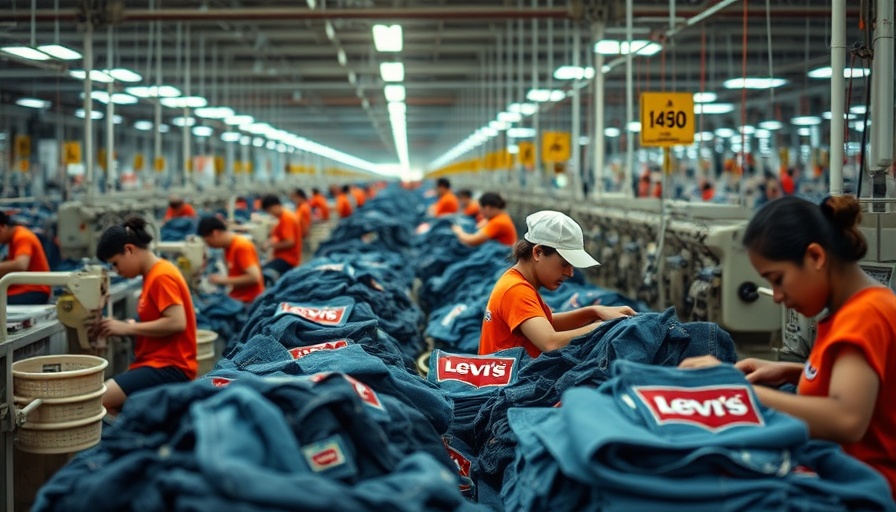
Levi Strauss' Optimistic Sales Forecast Amid Tariff Challenges
In a significant announcement on July 10, 2025, Levi Strauss has raised its sales guidance for the year, projecting a stronger financial outlook despite the ongoing geopolitical tensions and trade tariffs that threaten the apparel industry. The denim giant's Chief Executive Officer, Michelle Gass, explained to CNBC that while the company is bracing for increased operational costs from a newly imposed 30% tariff on Chinese imports and a 10% levy on goods from the rest of the world, they're working diligently to absorb these costs to prevent passing them onto consumers.
The Impact of Tariffs on Levi Strauss
With the current trade landscape, Levi Strauss’s strategy centers on mitigating the worst impacts of tariffs on its supply chain, which is predominantly based in Southeast Asia. The company mainly sources its products from countries like Pakistan, Bangladesh, and Indonesia, all of which have been caught in the crosshairs of heightened trade tensions. As President Trump threatens further tariff escalations, particularly against Bangladesh and Indonesia, uncertainties regarding future manufacturing costs loom large.
Analysts' Reactions and Future Outlook
Levi's revised forecast anticipates adjusted earnings per share to land between $1.25 to $1.30, revising upwards from an earlier prediction of $1.20 to $1.25 per share. This adjustment surpasses analysts' expectations of $1.23, indicating a potential resilience in consumer demand despite rising costs.
Understanding the Market Sentiment
The mixed reactions from investors suggest a cautious optimism within the market. As tariffs shape consumer prices and corporate margins, Levi Strauss's approach to absorb some costs rather than impose steep price increases stands as a strategic move to maintain brand loyalty in a competitive market. As the company navigates potential impacts from tariffs, stakeholders in the lending and banking sectors should remain vigilant about the changing dynamics in consumer goods.
By focusing on operational efficiency and strategic cost absorption, Levi Strauss exemplifies how brands can adapt in turbulent economic climates. This adaptive strategy could serve as a case study for other businesses looking to manage their exposure to rising tariffs and trade unpredictability effectively.
 Add Row
Add Row  Add
Add 




Write A Comment